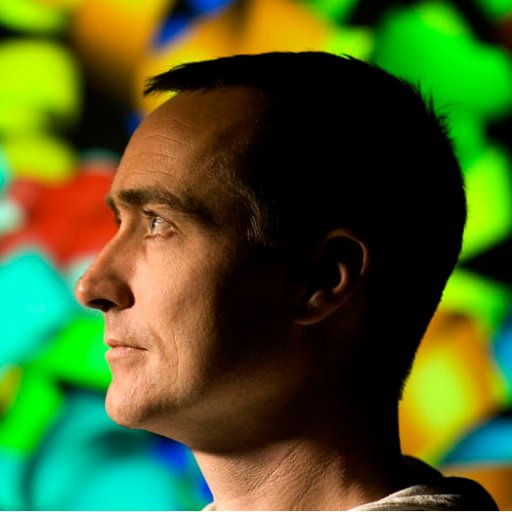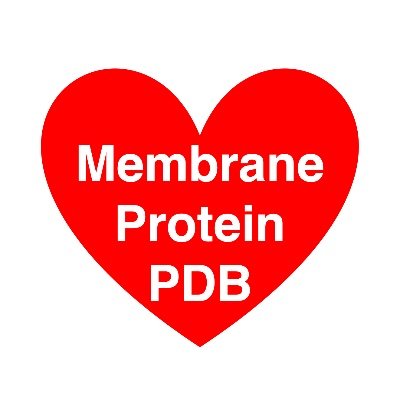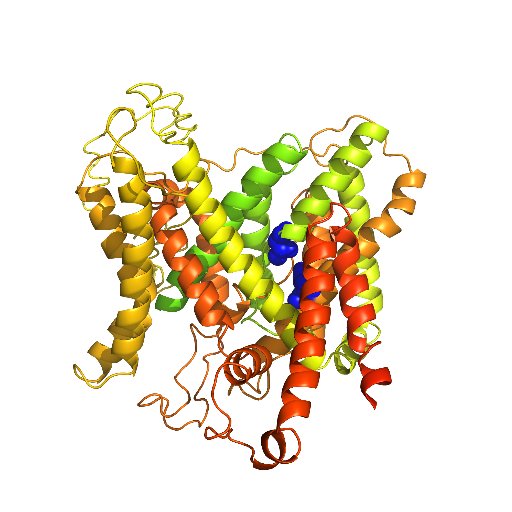
LolandLab
@cloland_dk
Followers
718
Following
1K
Media
42
Statuses
353
Engaged in structure-function relationships of membrane proteins in particular transport proteins.
København, Danmark
Joined August 2016
Looking for a Post doc position in Structural Biology? We are hiring! https://t.co/z6ut2lfsLk The task is to continue our endeavor in solving cryo-EM structures of the human dopamine transporter, see https://t.co/A2yyoJwGsC . Thanks to @novonordiskfond for generous funding.
0
4
12
Check out this fantastic symposium on structural biology held in beautiful Copenhagen.
0
5
13
Cryo-EM structure and complementary drug efflux activity of the Acinetobacter baumannii multidrug efflux pump AdeG | Structure https://t.co/XcaFzWVw1s
0
5
12
Structural insights into binding-site access and ligand recognition by human ABCB1 | The EMBO Journal https://t.co/KciYuVTQjf
0
6
24
A new paper uncovers that certain κ-opioid receptor inverse agonists form receptor-G protein complexes, even in inactive states, challenging the classic GPCR activation model https://t.co/HqH1gDZZyM
nature.com
Nature Chemical Biology - This study uncovers that certain κ-opioid receptor inverse agonists form receptor–G protein complexes, even in inactive states, challenging the classic GPCR...
0
12
30
Congrats to the Taylor group for this impressive achievement! Structure and mechanism of the Zorya anti-phage defense system | Nature
nature.com
Nature - Zorya uses a membrane-anchored H+-driven rotary motor ZorAB to sense phage invasion and to recruit the intracellular effectors ZorC and ZorD that execute anti-phage defence.
0
0
6
Ion coupling and inhibitory mechanisms of the human presynaptic high-affinity choline transporter CHT1 | Structure https://t.co/Dq8lkNSaSs
1
4
33
Molecular insights into the activation mechanism of GPR156 in maintaining auditory function | Nat Commun https://t.co/nCgDkn7q9o
0
21
92
Fantastic work by the @BellarditaC Lab:
The macrophages that pretend to be a neuron 🤣🤣🤣take a look at our study published in Nature and see how macrophage exert ms modulation of sensation and action via glutamate. Fantastic collaboration with @digiovannilab @LabPerrier
https://t.co/DQkOOZvVbF
0
0
1
The macrophages that pretend to be a neuron 🤣🤣🤣take a look at our study published in Nature and see how macrophage exert ms modulation of sensation and action via glutamate. Fantastic collaboration with @digiovannilab @LabPerrier
https://t.co/DQkOOZvVbF
nature.com
Nature - A population of macrophages with exclusive molecular and functional signatures in the muscle spindles express machinery for synthesizing and releasing glutamate, and a cellular component,...
14
73
302
Structure of the choline transporter.
Structural mechanisms of human sodium-coupled high-affinity choline transporter CHT1 | Cell Discov https://t.co/895HwnPbcc
0
0
7
Structural mechanisms of human sodium-coupled high-affinity choline transporter CHT1 | Cell Discov https://t.co/895HwnPbcc
0
4
23
My paper is out!! 🎉 "Opponent control of reinforcement by striatal dopamine and serotonin", @Nature Here, we show that dopamine and serotonin signals form a gas-brake system for reward in the mammalian brain 🧠 THREAD ⬇️ 1/n
41
170
884
Membrane transporters modulating the toxicity of arsenic, cadmium, and mercury in human cells
life-science-alliance.org
Non-essential metals are extremely toxic to living organisms, posing significant health risks, particularly in developing nations where they are a major contributor to illness and death. Although...
0
1
7
@cloland_dk @neuroscience_dk report on changes in conformational dynamics of SERT imposed by the binding of ions and ligands https://t.co/xdBi8eu6rE
0
2
10
Fluorescent non-canonical amino acid provides insight into the human serotonin transporter
nature.com
Nature Communications - The serotonin transporter (SERT) is a target for antidepressants and psychostimulants. Through a combination of non-canonical amino acid incorporation, protein purification,...
0
7
48
Structural basis for the transmembrane signaling and antidepressant-induced activation of the receptor tyrosine kinase TrkB | Nat Commun https://t.co/EoW27cqHTu
0
6
27










